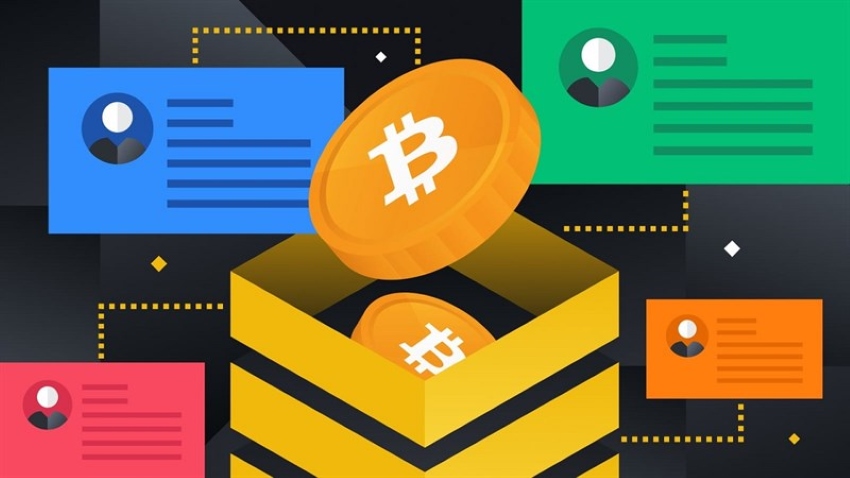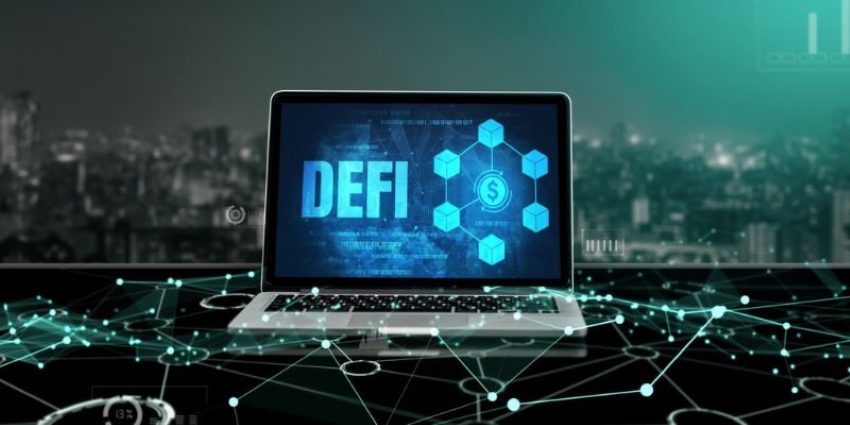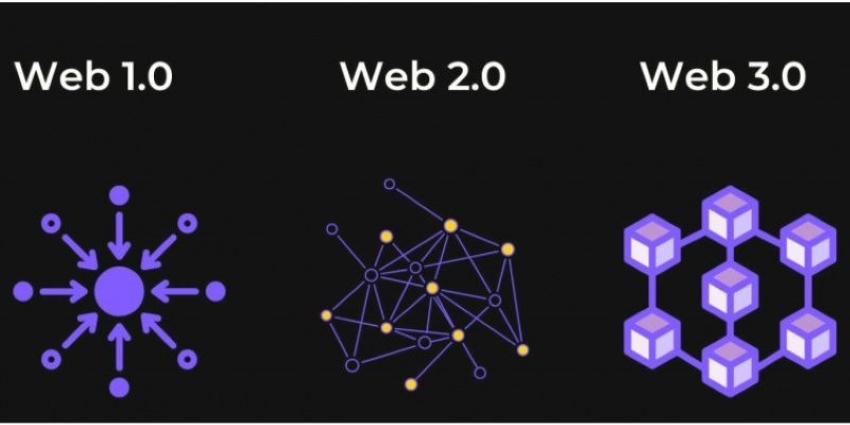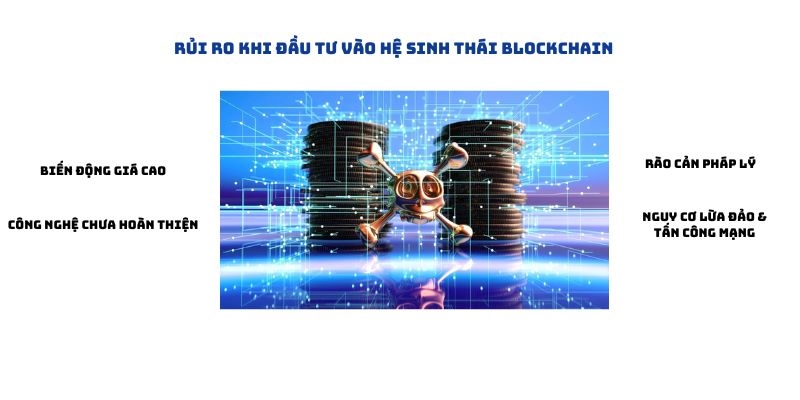Blockchain Wallet helps you securely store and trade cryptocurrencies. Learn how to create, test, and choose the best blockchain wallet today.
In the volatile world of cryptocurrencies, a blockchain wallet acts as a secure “digital bank” where you can store, send and receive digital assets. Understanding how it works, how to create it and choosing the right wallet is the first and most important step to protecting your assets.
Blockchain, the underlying technology of cryptocurrencies, offers security, transparency, and decentralization. However, to actually own and use cryptocurrencies, you need an effective asset protection tool – that is a blockchain wallet. Similar to a bank account in traditional finance, a blockchain wallet is your “doorway” into the world of cryptocurrencies.
1. What is a blockchain wallet?
A blockchain wallet is a software or hardware tool that allows you to interact with the blockchain network. Instead of “storing” cryptocurrency directly, a blockchain wallet actually stores your private key – the secret “key” that allows you to access and manage your digital assets on the blockchain.
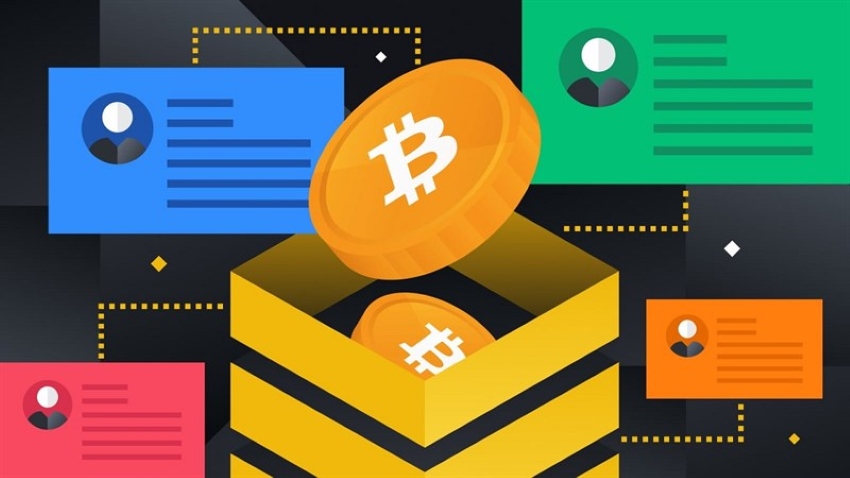
Blockchain wallet stores private keys to manage assets
1.1 Mechanism of action:
Blockchain wallets operate on the basis of cryptography, with two key components: a public key and a private key.
A public key, similar to an email address, is an identifier that you can share widely to receive cryptocurrency.
Private Key, like a top-secret password, is the only key that allows you to access and manage your digital assets. Never share your private key with anyone.
The combination of these two types of keys creates a solid security mechanism, ensuring the authenticity and integrity of every transaction on the blockchain network.
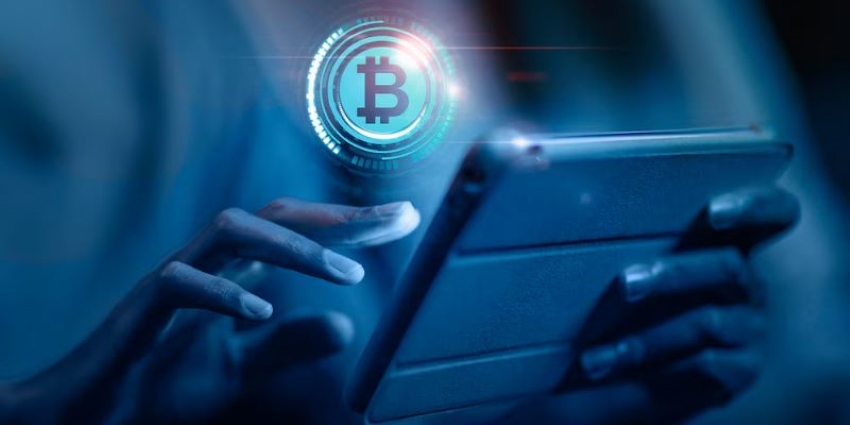
Blockchain wallets have multiple operating mechanisms
1.2 Popular types of blockchain wallets:
The world of blockchain wallets offers a wide variety of options, catering to different user needs and security priorities:
Hot Wallet:
A type of wallet that is always connected to the internet, providing convenience for frequent transactions, such as an exchange wallet or a mobile wallet.
Advantages: Easy to use, fast transaction speed.
Disadvantages: Higher security risks due to vulnerability to cyber attacks.
Cold Wallet:
Store assets offline, without internet connection, ensuring maximum security, for example hardware wallets or paper wallets.
Advantages: Superior security, minimizing the risk of theft.
Disadvantages: Less convenient for everyday transactions.
Hardware Wallet:
Specialized physical device, designed to protect private keys in the most secure way.
Advantages: Highest level of security, ideal choice for long-term storage.
Disadvantages: Higher initial investment costs.
Paper Wallet:
A printout or written record of the public and private keys on paper, provides absolute security if kept carefully.
Advantages: Immune to online attacks.
Disadvantages: Easily damaged, lost, and not suitable for frequent transactions.
2. How to create a blockchain wallet
To start your journey into the world of cryptocurrencies, creating a reliable blockchain wallet is the first and most important step. Here is a detailed guide to help you do this safely and effectively:
2.1. Choose the wallet that suits your needs:
Hot Wallet:
Popular choices: MetaMask, Trust Wallet.
Suitable for: Frequent transactions, convenient for daily use.
Cold Wallet:
Top picks: Ledger Nano, Trezor.
Suitable for: Long-term asset storage, ensuring maximum safety.
Hardware Wallet:
Features: Specialized equipment, superior security.
Suitable for: Large investors requiring the highest level of security.
Paper Wallet:
Features: Completely offline private key storage.
Suitable for: Advanced users who prioritize absolute privacy.
2.2. Process of creating a secure wallet
Step 1: Choose a reputable wallet platform:
Research carefully, choose a wallet provider with a good reputation and trusted by the community.
Step 2: Download the application from the official source:
Avoid downloading apps from unknown sources to prevent malware.
Step 3: Create a new account or wallet:
Follow the instructions on the app to complete the registration process.
Step 4: Backup the recovery phrase (Seed Phrase)
This is a very important step, please write it down carefully and keep it in a safe place.
Never store this phrase on internet-connected devices.
Step 5: Verify security and complete
Enable additional security features (e.g. two-factor authentication) and complete the setup process.
3. Check blockchain wallet
Verify wallet integrity: Use reputable blockchain explorer tools like Etherscan or BscScan to ensure your wallet address is correct.
Monitor transaction history: Regularly monitor deposit and withdrawal history to promptly detect any suspicious activity.
Enhance your security: Enable two-factor authentication (2FA) for added protection and consider using a hardware wallet for more secure asset storage.
Optimize transaction costs: Compare transaction fees between different platforms to choose the most economical option.
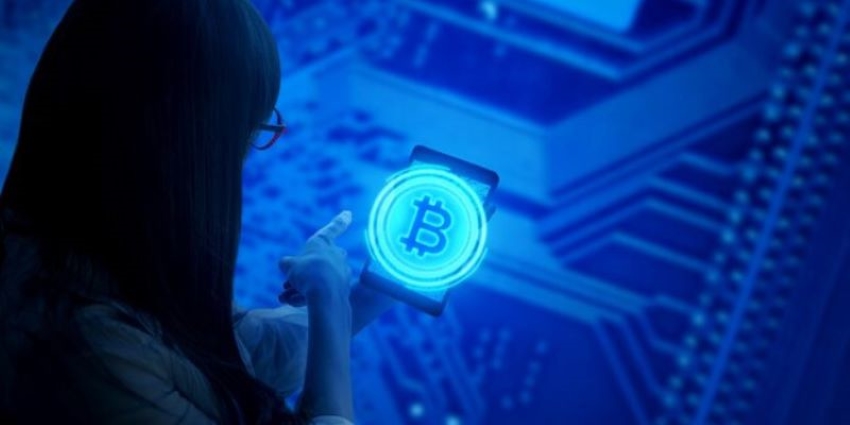
Check blockchain wallet regularly to enhance asset security
4. Which blockchain wallet is the best today?
4.1. Top Hot Wallets
MetaMask: Supports multiple blockchains, intuitive interface, easy to use.
Trust Wallet: Multi-platform, NFT integrated, suitable for daily transactions.
4.2. Best cold wallet
Ledger Nano X: High-end security, supports multiple cryptocurrencies.
Trezor Model T: Ultimate private key protection, friendly interface.
Other hardware wallet options: KeepKey, Ellipal Titan, offer secure storage and strong security.
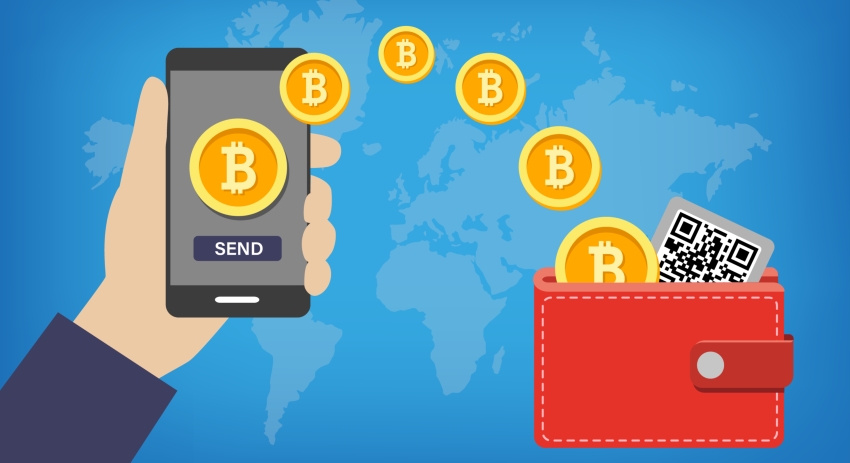
The four best blockchain wallets today
5. Notes when using Blockchain Wallet
To ensure the absolute safety of your digital assets, keep in mind the following 5 golden rules when using Blockchain Wallet:
Maximum Security of Private Key: Never share your Private Key with anyone. This is the only key to access and manage your assets, and revealing it means losing all control.
Back up and keep your Recovery Phrase safe: Your Recovery Phrase is your lifesaver if you lose access to your wallet. Back it up on paper and keep it in a safe, secret place, away from other people and electronic devices.
Download the app from official sources: Only download the Blockchain Wallet app from reputable app stores (such as App Store, Google Play) or the publisher's official website. Stay away from unknown sources to prevent malware.
Update your wallet software regularly: Updates often come with important security patches. Make sure you always use the latest version of your wallet to maximize asset protection.
Enhanced Security with Strong Passwords and 2-Factor Authentication (2FA): Use a complex, unique password for your wallet and enable 2FA to add an extra layer of protection. This will help prevent unauthorized access even if your password is compromised.
A blockchain wallet is an indispensable tool for managing digital assets. Take the time to research and choose the wallet that best suits your needs, and stay up to date on security. Start protecting your crypto assets today!
Start protecting your crypto assets today with a secure blockchain wallet! Sign up for ONUS now to make crypto trading and storage easier.

